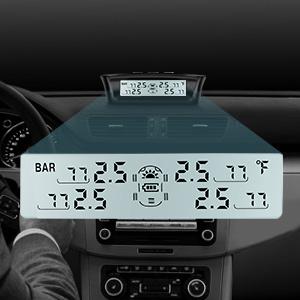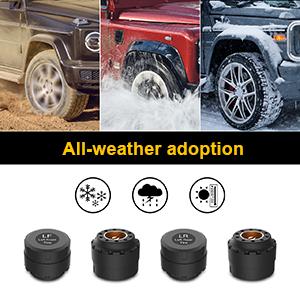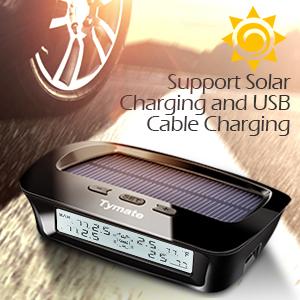Customer Services
Copyright © 2025 Desertcart Holdings Limited
Desert Online General Trading LLC
Dubai, United Arab Emirates







☀️ Drive smarter, safer, and stress-free with Tymate’s solar-powered tire guardian!
The TymateRV M12-3 Tire Pressure Monitoring System features solar charging with lithium battery panels for extended use, a clear LCD display with auto backlight, and 4 external sensors offering high accuracy (±3 PSI) and up to 2 years of operation. It supports 5 customizable alarm modes including pressure, temperature, and leak alerts, plus energy-saving auto sleep/wake functions. Easy installation and tire position swapping make it ideal for RV drivers seeking reliable, real-time tire safety.







| Manufacturer | Tymate |
| Brand | Tymate |
| Model | Tymate M12-3 black |
| Item Weight | 10.9 ounces |
| Product Dimensions | 6.3 x 4.72 x 1.97 inches |
| Item model number | Tymate M12-3 black |
| Batteries | 4 Lithium Metal batteries required. (included) |
| Manufacturer Part Number | Tymate M12-3 black |
Trustpilot
1 month ago
1 week ago